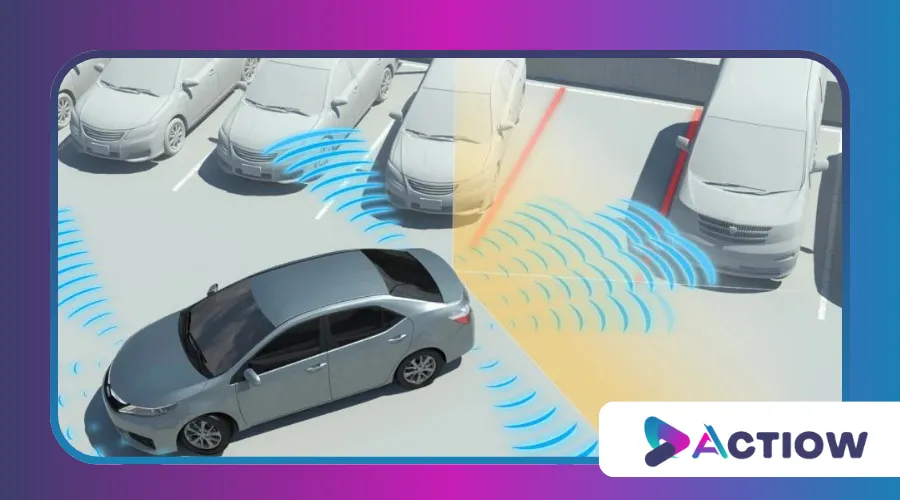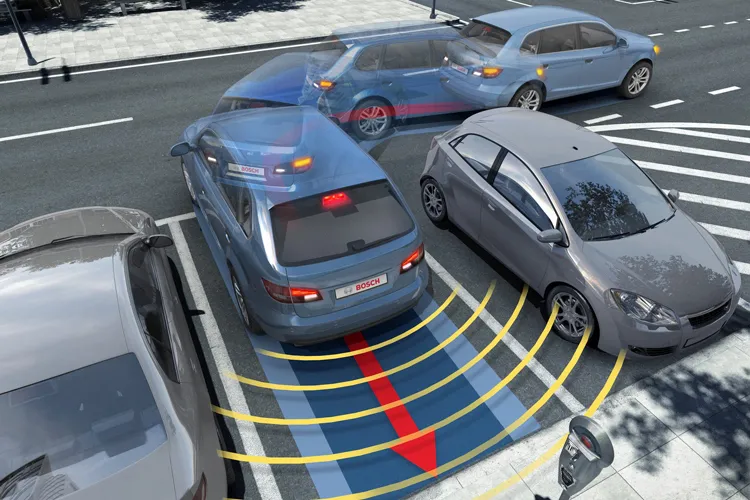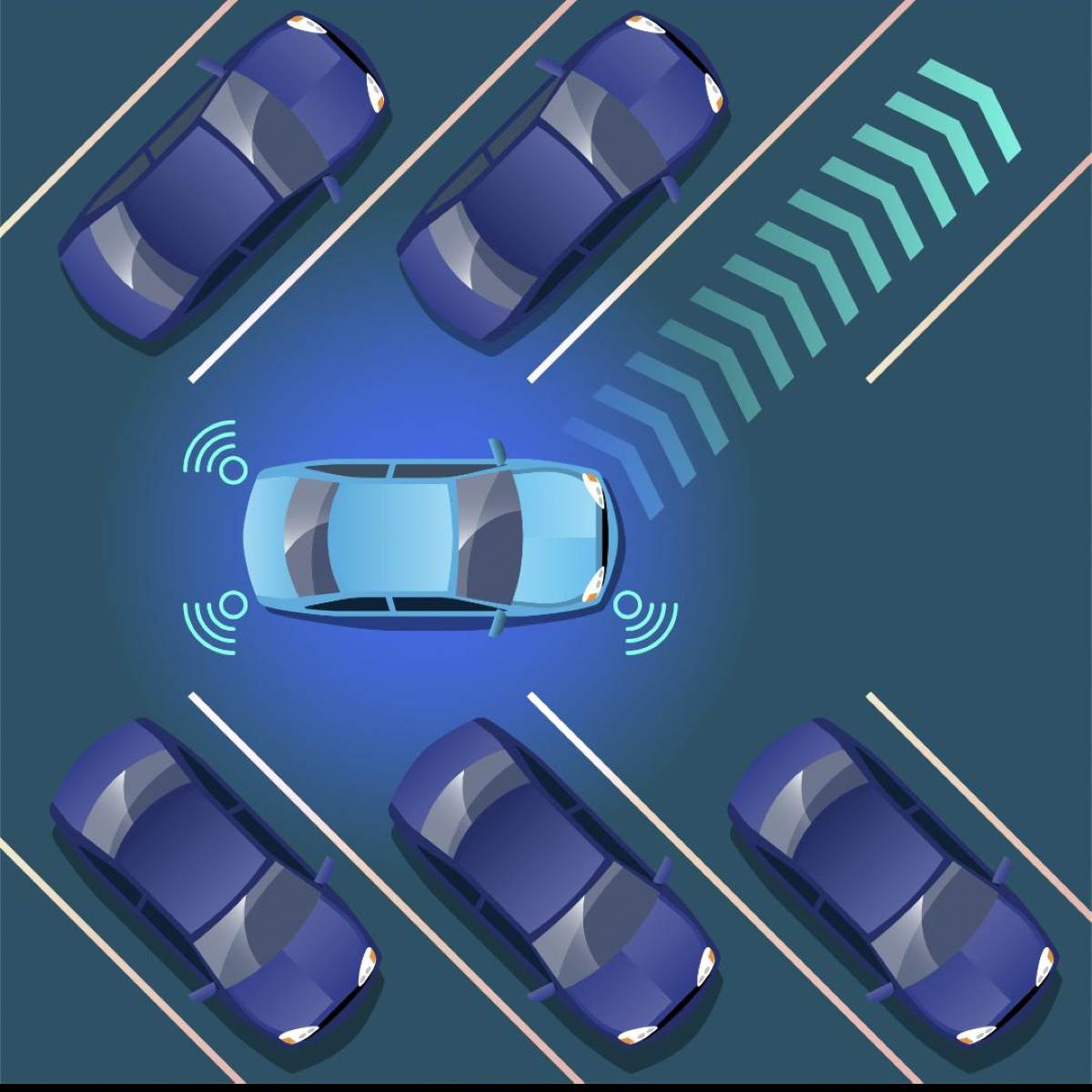Cars with Parking Sensors: How Do They Work?

Cars with parking sensors have revolutionized urban driving, turning tight parallel parking and cramped garages from nerve-wracking challenges into effortless maneuvers.
But how exactly do these tiny devices prevent fender benders and save drivers from costly repairs?
In this deep dive, we’ll explore the mechanics, benefits, and even the limitations of parking sensor technology—while busting a few myths along the way.
The integration of parking sensors into vehicles has not only enhanced safety but also improved the overall driving experience.
As more manufacturers include this technology as standard equipment, the expectation for safer driving environments continues to grow.
Moreover, the increasing awareness of road safety among consumers has driven demand for vehicles equipped with advanced safety features, including parking sensors.
With urban areas becoming more congested, the need for effective parking solutions is more critical than ever.
Parking sensors represent a significant step toward reducing accidents and improving driver confidence in challenging parking situations.
The Science Behind Parking Sensors: More Than Just Beeps
At their core, cars with parking sensors rely on either ultrasonic waves or electromagnetic fields to detect obstacles.
Ultrasonic sensors, the most common type, emit high-frequency sound waves that bounce off nearby objects.
By measuring the time it takes for the echo to return, the system calculates distance and alerts the driver.
Electromagnetic sensors, on the other hand, create an invisible field around the car.
When an object disrupts this field, the system triggers a warning.
While less common, this method excels in detecting low-lying obstacles that ultrasonic sensors might miss—like a curb or a parking block.
Example in Action: The Parallel Parking Savior
Imagine you’re squeezing into a tight spot downtown.
Without sensors, you’re left craning your neck, relying on mirrors, and praying you don’t scrape the luxury sedan behind you.
But with cars equipped with parking sensors, a series of rapid beeps escalates as you near the curb, stopping you just inches away.
This technology not only enhances driver confidence but also significantly reduces the likelihood of accidents during parking maneuvers.
Additionally, the feedback provided by parking sensors can help new drivers gain experience and improve their parking skills over time.
As drivers become more familiar with using these sensors, they often develop a better sense of spatial awareness, which can translate into improved driving skills overall.
+ Active Safety Systems: Technologies That Prevent Accidents
Ultrasonic vs. Electromagnetic: Which Performs Better?
| Feature | Ultrasonic Sensors | Electromagnetic Sensors |
|---|---|---|
| Detection Range | 0.3 – 2.5 meters | Up to 1.5 meters |
| Works in Rain/Snow? | Sometimes unreliable | Highly reliable |
| Best For | Most parking scenarios | Low obstacles, trailers |
While ultrasonic sensors dominate the market due to their affordability, electromagnetic variants—like those in some Audi and Mercedes models—offer superior precision in adverse weather.
The choice between these two technologies often comes down to personal preference and specific driving conditions.
For instance, drivers in regions with frequent rain or snow may benefit more from electromagnetic sensors due to their reliability in such conditions.
As technology advances, we can expect further improvements in both types of sensors, enhancing their performance and versatility.
Moreover, manufacturers are continually researching new sensor technologies, such as LiDAR and camera-based systems, which could provide even greater accuracy and functionality in the future.
These innovations promise to further enhance the driving experience by providing comprehensive awareness of the vehicle’s surroundings.

Do Parking Sensors Really Prevent Accidents? (Spoiler: Yes)
A 2021 study by the Insurance Institute for Highway Safety (IIHS) found that cars with parking sensors reduced low-speed collision claims by 17%.
That’s a significant drop in scratched bumpers and insurance headaches.
But here’s the catch: sensors aren’t infallible.
Thin poles, bike racks, or sudden movements (like a child running behind the car) can still slip past their detection.
That’s why many modern systems now integrate cameras and AI for 360-degree coverage.
This integration not only enhances safety but also provides drivers with a more comprehensive view of their surroundings.
Additionally, the combination of sensors and cameras allows for more sophisticated features, such as automatic emergency braking and cross-traffic alerts.
These advancements significantly enhance the overall safety profile of vehicles equipped with such technologies.
++ Driver Fatigue Monitoring Systems: Technology That Saves Lives
The Human-Machine Partnership
Think of parking sensors like a co-pilot—they enhance your awareness but shouldn’t replace it.
Relying solely on beeps without checking mirrors is like trusting GPS blindly; sometimes, you still need to look at the road.
The best approach is to use parking sensors as an additional tool in your driving arsenal, complementing traditional methods of awareness.
By fostering a partnership between technology and human intuition, drivers can navigate parking scenarios with greater confidence and safety.
Furthermore, educating drivers about the limitations of parking sensors is crucial for maximizing their effectiveness.
Understanding when to rely on sensors and when to use traditional observation can significantly reduce the risk of accidents.

Future Innovations: From Beeps to Autonomy
The next evolution? Cars with parking sensors are merging with automated parking systems.
Tesla’s “Summon” feature, for instance, lets the car park itself by combining sensors, cameras, and AI.
Meanwhile, BMW’s Remote Control Parking uses a smartphone app to maneuver the vehicle into tight spaces—no driver needed.
These advancements not only highlight the potential for increased convenience but also pave the way for fully autonomous vehicles in the future.
As technology continues to evolve, we can expect even more sophisticated systems that integrate seamlessly into our daily lives.
The future of parking technology promises to reduce stress and enhance the overall driving experience, making urban environments more navigable.
In addition, the integration of smart city infrastructure will likely play a pivotal role in the evolution of parking technologies.
By connecting vehicles with city systems, we can optimize parking availability and reduce congestion in urban areas.
For more information on the impact of parking sensors on vehicle safety, visit IIHS.
The Bottom Line: Are Parking Sensors Worth It?
For urban drivers, the answer is a resounding yes.
The convenience, safety, and potential insurance savings make them a smart investment.
But remember: no system is perfect.
Always stay alert—because even the smartest tech can’t predict every real-world variable.
Incorporating parking sensors into your vehicle can significantly reduce the risk of minor accidents, ultimately saving you money in repairs.
Additionally, as more drivers adopt this technology, the overall safety of urban driving environments is likely to improve.
Final Thought: If parking sensors came standard in every car tomorrow, how many parking lot arguments would vanish overnight?
This resource provides valuable insights into the latest research and developments in automotive safety technology, including parking sensors.
As the automotive industry continues to innovate, staying informed about these advancements will empower drivers to make better choices for their safety and convenience.
